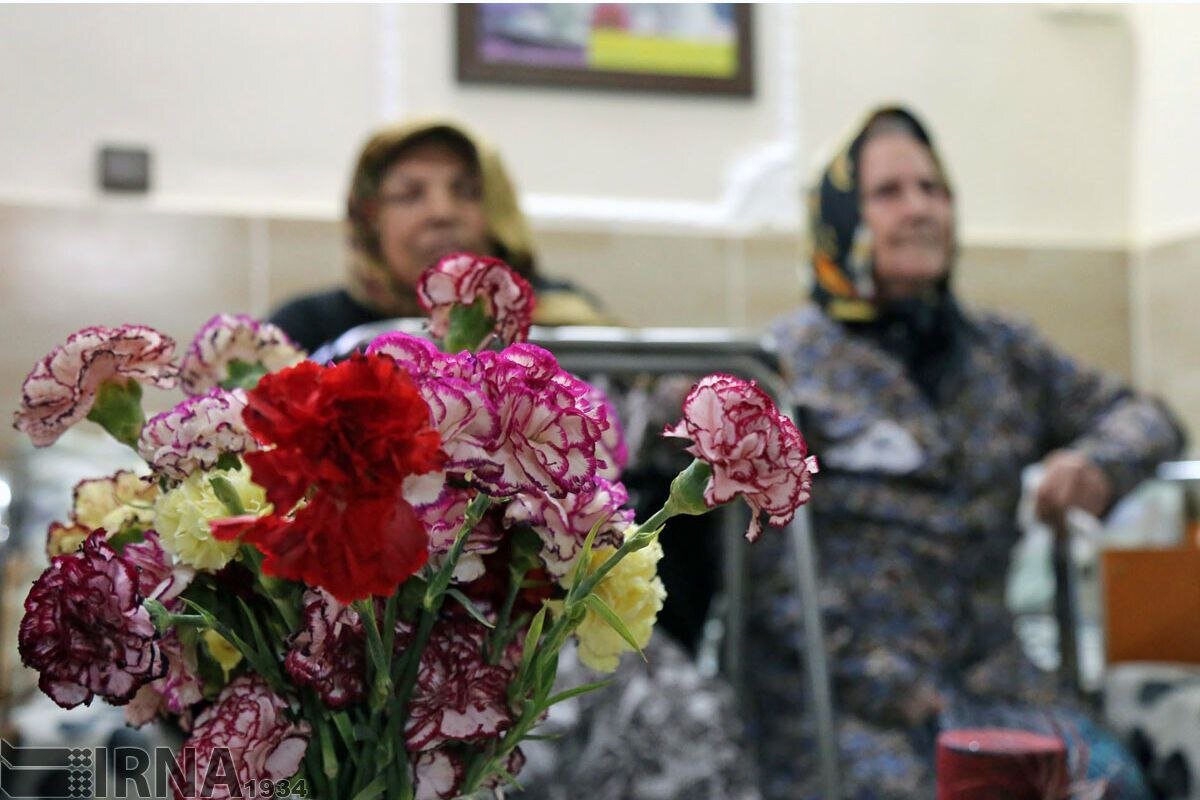Nine provinces to become age-friendly

TEHRAN – A national project for creating age-friendly environment has been launched in nine provinces of the country.
Age-friendly communities are places where age is not a barrier to living well and where the environment, activities, and services support and enable older people to have opportunities to enjoy life and feel well.
Tehran, Gilan, Isfahan, East Azarbaijan, West Azarbaijan, Lorestan, Hamedan, and Bushehr are the pilot provinces of the project, IRNA quoted Mojgan Rezazadeh, the head of the secretariat of the National Council of the Elderly, as saying.
The age-friendly city is an international project implemented in cooperation with the Ministry of Foreign Affairs and global funds, and now the age-friendly city secretariat has been inaugurated in the mentioned provinces.
The age-friendly environment has eight main domains including transportation, social participation, civic participation, and employment, respect and social inclusion, housing, communication, and information.
In October 2024, Rezazadeh said that the national document for creating age-friendly environments across the country has taken effect.
“The world’s population, especially in developing countries, is growing old, and Iran is no exception. The percentage of the elderly population in the country has increased from five percent in 1976 to about 10.5 percent, reaching around 9 million people,” IRNA quoted Rezazadeh as saying.
The document works towards improving physical and social environments to become better places for the elderly.
It is compiled in three parts: Principles of indicators and criteria of the strategic plan of an age-friendly city, holding workshops on how to prepare a strategic document for an age-friendly city, and planning indicators for an age-friendly city.
In addition to its eight main domains, traveling and tours for the elderly are going to be added to the plan.
Each province should develop a strategic provincial document based on their environment, and implement the program with the cooperation of the member institutions and the strong participation of municipalities and governor-general offices in each city, Rezazadeh stated.
She went on to say that the needed training will be carried out step by step with domestic experts and international consultants to monitor it.
The provinces that have more elderly people, namely Gilan, Mazandaran, Tehran, Isfahan, Yazd, and Kerman, are the top priority of this plan.
Iran’s transition into an aging country ‘inevitable’
Considering the fact that the fertility rate in Iran is stabilized at around 1.6 children per woman, which is much lower than the rate required to replace its aging population, the transition of society from young to middle-aged has become inevitable.
According to the first five-year national development plan (1989-1993), the policies focused on lowering the total fertility rate from 6.4 children in the Iranian year 1365 (1986) to 4 children in 1390 (2011) and reducing the population growth rate from 3.2 to 2.3 percent in the same period, IRNA quoted Mohammad-Javad Mahmoudi, an official with the National Institute for Population Research, as saying.
However, the taken measures, back then, led to a wide transformation and change in population indicators and a noticeable decrease in population growth and fertility rate far beyond the set goals of the first development plan in the country, the official noted.
The results of the census in 2011 and 2016 showed that the trend of the country’s demographic changes had a significant deviation from the goals of the first five-year development plan, the official noted.
The population growth in 2011 and 2016 was announced to be 1.29 and 1.24, respectively. The figure reached 0.7 in the past Iranian year (March 2023 –March 2024).
According to the latest census, the number of aged citizens in the country is growing by 3.62 percent which is five times faster than the total population growth rate, which is 1.24 percent.
In Iranian year 1385 (2006-2007), there were 5,121,043 men and women aged above 60. In 2015, 10 percent of the country’s population was older than 60, ISNA quoted Mohammad-Javad Mahmoudi, an official with the National Institute for Population Research.
In the next 30 years, the population aged 60 years or older is projected to hold a 32 percent share of the whole population, that is, the elderly will account for one-third of Iran’s population by 2050, the official noted.
Currently, men and women aged above 60 constitute some 11.5 percent of Iran’s population, an official with the health ministry has said.
For the time being, elderly women account for 52.3 percent of the total population, outnumbering men (47.7 percent), ISNA quoted Saber Jabbari as saying.
MT/MG
Leave a Comment